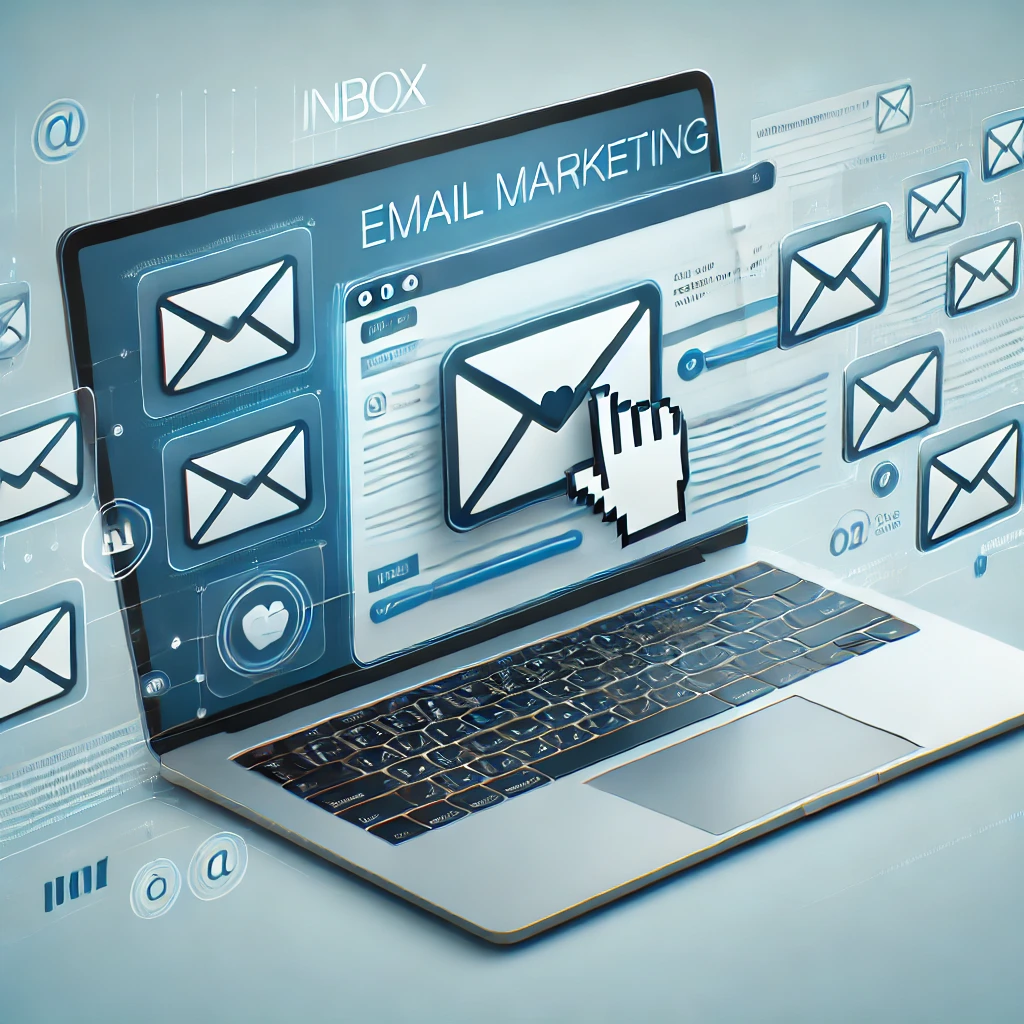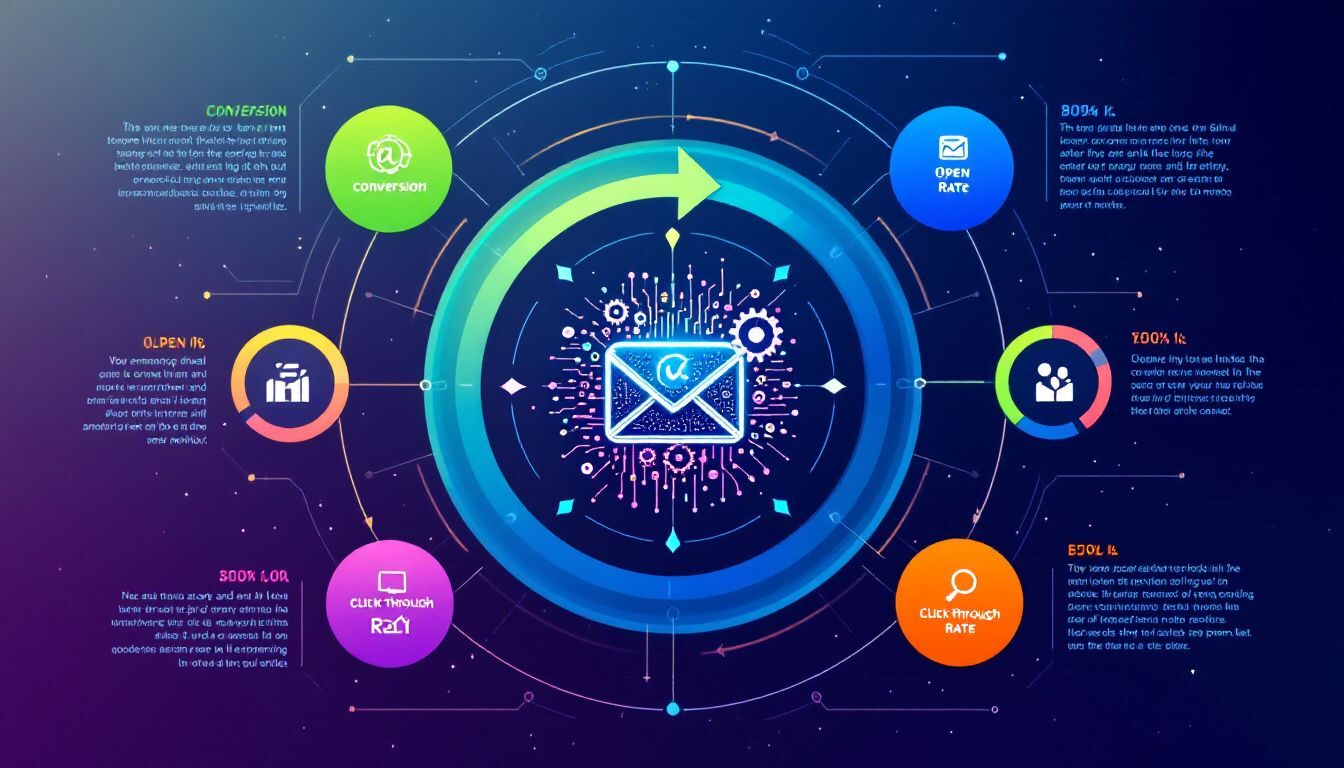
Artistic license: Using email metrics to fuel creativity
Marketing analysts have been drilling it into us for years: It’s vital that we form our email marketing campaigns around the detailed information we’re gleaning about consumers. Every part of an email campaign — from the best time to send an email to the number of characters we should include in subject lines — should be A/B tested for audience preference.
What many fail to mention is that the most effective emails are driven by a combination of data and creativity. Naturally, imagination and a steady flow of fresh ideas are needed to create the text and visual elements most likely to appeal to readers. But metrics help guide that creative flow, making the process of coming up with punchy, attention-grabbing content easier. If you identify with the 44 percent of marketers who feel that creating compelling content is one of their greatest challenges, here are just a few ways that data can provide some relief.
Establishing tone
Most of us know that readers tend to respond when a brand projects some personality and humor. But what type of humor will resonate with your audience? Which cultural references, if any, should you use? Is it OK to pepper you marketing messages with current slang or will doing so alienate a large number of your subscribers?
With demographic data, you can start to get at the answers to these questions. Millennials, for instance, may be willing to accept a more informal tone and content with shorthand text or acronyms, while baby boomers may be less receptive. Once you’ve figured out the appropriate tone for your audience, you’ll have a better idea of how to position your messages and a guide for brainstorming ideas. You can then come up with multiple content options and A/B test to fine-tune messaging even further.
Determining which trends to follow
User-generated content, video and interactive emails are all great ways of engaging subscribers. While you may want to give all three a try, A/B testing trends like these can help you decide where to focus your creative energy and time. If, for example, you find that adding videos to your emails leads to a significant lift in click-through rates, you may want to start thinking up new video ideas, researching best practices for the medium, and learning new editing techniques. After you have a few videos under your belt, you can do further testing to determine the type of video content that’s most effective.
Optimizing design elements
You want your emails to be striking with attractive visuals and an easy-to-navigate layout. However, deciding which creative flourishes to add or which colors and images to use can be difficult, even for professional designers. When you begin with emails based on your own aesthetic preferences, you can then test how well they perform when you make subtle tweaks to the design. Doing this provides you with a roadmap for future emails, allowing you to take a lot of the guesswork out of building emails that are both eye-catching and effective.
Intuition, judgment and imagination are needed to craft engaging subject lines, calls to action and introductory images — all of which can be vital to campaign success. But performance data is indispensable. Ideally, analytics should be working in conjunction with the inventive content you’ve created to help hone your marketing messages.
Join 140,000 small business owners
© 2017 – 2018, Contributing Author. All rights reserved.
 SUBSCRIBE
SUBSCRIBE 


